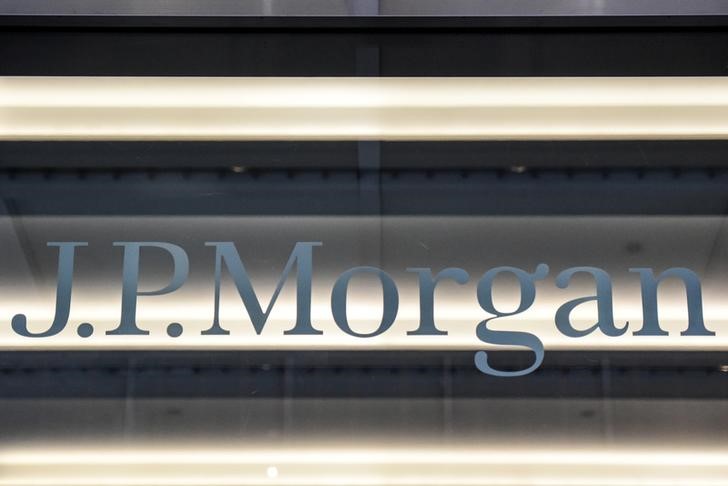By Sinéad Carew and Amanda Cooper
NEW YORK/LONDON (Reuters) -MSCI’s global stock index was advancing on Tuesday while the dollar fell as a Federal Reserve official suggested the U.S. central bank was done raising rates and could even consider rate cuts if inflation keeps easing.
The U.S. dollar hit a more than three-and-a-half-month low against a basket of peers after Fed Governor Christopher Waller flagged the possibility of lowering the Fed policy rate in the months ahead if inflation continues to come down.
Waller also said he was “increasingly confident” the current interest rate setting will prove adequate to lower inflation to the Fed’s 2% target.
Another Fed governor Michelle Bowman said the U.S. central bank will likely need to raise borrowing costs further in order to bring inflation back down to its target.
But, traders appeared to take their cues from Waller with increased bets for the first rate cut taking place as soon as March with the probability for a 25 basis-point cut last at nearly 33%, up from 21.5% on Monday, according to the latest data from CME Group’s (NASDAQ:) Fedwatch tool. The majority are expecting a cut of at least one notch in May, according to CME data.
Trading in stocks choppy however with the and Nasdaq flickering red at times in afternoon trading.
The market saw Waller’s comments as the first sign the Fed “recognises they might be able to cut rates next year” while other officials “took some of the euphoria” away, according to Anthony Saglimbene, Ameriprise Chief Market Strategist.
And he said, “it’s normal you’ll see stocks consolidate in the last few days of a really strong month … for the rest of the year momentum is biased to the upside.”
The rose 94.83 points, or 0.27%, to 35,428.3, the S&P 500 gained 2.22 points, or 0.05%, to 4,552.65 and the added 13.86 points, or 0.1%, to 14,254.88.
The pan-European index lost 0.30% and MSCI’s gauge of stocks across the globe gained 0.25%.
Also on Tuesday, a survey showed U.S. consumer confidence rose in November after three months of declines, though households still anticipated a recession over the next year.
Later this week the spotlight will be on the U.S. October personal consumption expenditures report (PCE), which includes core PCE, which is the Fed’s preferred measure of inflation. Also euro zone consumer inflation figures should give further clarity on where prices and monetary policy are headed there.
After the Fed commentary, U.S. Treasury yields dipped. Benchmark 10-year note yields were down 4.8 basis points to 4.340%, from 4.388% late on Monday.
In currencies, the fell 0.398%, with the euro up 0.34% to $1.099.
The Japanese yen strengthened 0.86% versus the greenback at 147.41 per dollar, while sterling was last trading at $1.2698, up 0.58% on the day.
With some encouragement from the weaker dollar, gold prices were up 1.4%, hitting its highest level since May and tracking for their fourth consecutive gain. The precious metal last traded at $2,040.82 an ounce.
Oil futures gained steam on the possibility OPEC+ would deepen supply cuts at a meeting scheduled for Thursday and due to a storm-related drop in Kazakh oil output, as well as the weaker U.S. dollar.
settled up 2.07% at $76.41 per barrel and settled at $81.68, up 2.13% on the day.
Read the full article here














